Bird Photography
Southern Africa provides many good opportunities for bird photography.
Here we rate our four favorite national parks in order of preference...
1. Kruger National Park
The Kruger Park's wide range of habitats is responsible for a bird list of over 550 bird species, while the productivity of these habitats is such that many species occur in abundance.
The Park is especially good for large raptors which are rare outside of extensive conservation areas, while many other scarce and migrant species are attracted to its unspoilt wilderness.
Birding is good throughout the Kruger but the south and far north tend to be the most productive bird photography areas. One of the best-known birding spots in the north is the Pafuri picnic site where you could find a whole lot of 'specials'.
These specials should be looked for all along the Levubu river and not just at the picnic site. This Pafuri area has such good bird specials because it is close to the Mozambique coast and the Limpopo River, which acts as a migration corridor for birds that are normally found further north and east.
The bridge over the Levubu River can be particularly rewarding with sightings of the rare Pel's Fishing Owl.
There are eleven bird hides located throughout the park of which we have found Lake Panic hide near Skukuza and Sweni hide near Satara to provide the best bird photography opportunities.
The various Picnic sites are also worth walking around to look for birds.
All the main camps and bushveld camps are excellent for birding - some cottages have bird baths in front of them that attracts many different birds, while at night you should look for the resident owls and nightjars!
2. Pilanesberg
The Pilanesberg is good for bushveld birding with over 350 species being recorded. When we first started visiting the Pilanesberg we used to see raptors but during the last few years raptors and vulture sightings have been scarce. The park is superb for its water birds.
There are a few bird hides that have been constructed on the edges of waterholes and dams that provide excellent game and bird photography opportunities.
Lake Mankwe, for example, is a prime spot where you can photograph Kingfishers (malachite, giant, pied), cormorants, spoonbills, herons, fish eagles and a host of other water bird species. Birding is very good in the camps where you stand a better chance of seeing some birds, such as the crimson-breasted shrike.
3. Kgalagadi
Even though the Kgalagadi offers a wide range of birds (over 280 bird species have been recorded) it is most well-known for its raptors.
There are three main birding environments in the park; the dunes, the Nossob and Auob riverbeds, and the three main camps. Most bird species are found throughout the park, but some tend to be more common in either one of these environments.
Check the trees in the three main camps for owls and other bushveld species. Most of our raptor sightings have been at the waterholes along the Auob and Nossob river roads.
Even if you are staying at one of the wilderness camps you should also be rewarded with good bird sightings, depending on which camp you are at. We have seen secretary birds, martial eagles, lanner falcons, goshawks, sandgrouse and owls from our dune cabins at the wilderness camps.
4. Etosha
Bird photography in Etosha can be good in winter but is best in the summer months from when the rains start, normally October, until April. Over 412 bird species have been recorded in Etosha.
Namutoni - The waterhole is not great for mammals but it can produce some good bird sightings including caspian plover, red-billed queleas and greater painted-snipe.
In camp keep a look-out for the palm swift, sunbirds, starlings, barn owls and red-faced mousebirds. Fisher's pan, which is just behind the camp, can produce some nice summer migrants such as black-necked grebe, lesser and greater flamingos, yellow-billed stork, african openbill, and saddle-billed stork.
Halali - This camp is our favorite for birds. you may see bare-cheeked babblers, violet wood-hoopoes, carp's tit, southern yellow-billed hornbills and southern white-faced scops-owls - all in camp.
At the Moringa waterhole we have seen doves, pygmy falcons, fork-tailed drongos and at sunset huge flocks of namaqua sandgrouse and owls later in the night.
Okaukuejo - In camp there is a sociable weaver nest in a tree right at the waterhole wall and the weavers will keep you entertained for hours. You can see many birds either at the waterhole or in camp.
By day keep a lookout for namaqua sandgrouse, red-billed queleas, lanner falcons, gabar goshawks, red-billed teals, southern pied babblers, crimson-breasted shrikes, violet-eared waxbills, african hoopoe, groundscraper thrush, dusky sunbirds, acacia pied barbets, golden-tailed woodpeckers, and large flocks of double-banded sandgrouse.
At night watch for pearl-spotted owlets, verreaux's eagle-owls, barn owls, and rufous-cheeked nightjars
5. Madikwe Game Reserve
Over 340 bird species have been recorded in Madikwe Game Reserve. Many live in the reserve with migrant species visiting throughout the year.
Birds are drawn to Madikwe by trees such as the shepherd’s tree, weeping wattle and marula, as well as the many wild grasses.
Fish eagles and vultures are not common as in the Kruger Park so when you do find them make the most of the sighting!
You will have good opportunities to photograph water birds at the hides (The Bush House and Jaci’s) and at the various waterholes and dams.
This grey heron was photographed at sunset at Tshukudu dam...
Bird Photography Hints & Tips...
• Read our interviews with Arthur Morris & Alan Murphy who are both professional Bird Photographers.
• Photographic equipment for bird photography is virtually the same as what is needed for wildlife photography - long lenses, good support in terms of tripods, bean bags, gimbal heads and so forth. To learn what bird photo gear we use please visit the
Nature Photo Gear page.
• Photographing birds in flight can be a challenge so we have compiled our
Top-15 Tips for shooting Birds in Flight
Return from Bird Photography to Nature Photography page
Return from Bird Photography to K2K Home page
To make a safari rental booking in South Africa, Botswana or Namibia click here
"It's 764 pages of the most amazing information. It consists of, well, everything really. Photography info...area info...hidden roads..special places....what they have seen almost road by road. Where to stay just outside the Park...camp information. It takes quite a lot to impress me but I really feel that this book, which was 7 years in the making, is exceptional." - Janey Coetzee, South Africa
"Your time and money are valuable and the information in this Etosha eBook will help you save both."
-Don Stilton, Florida, USA
"As a photographer and someone who has visited and taken photographs in the Pilanesberg National Park, I can safely say that with the knowledge gained from this eBook, your experiences and photographs will be much more memorable."
-Alastair Stewart, BC, Canada
"This eBook will be extremely useful for a wide spectrum of photography enthusiasts, from beginners to even professional photographers."
- Tobie Oosthuizen, Pretoria, South Africa
Photo Safaris on a Private Vehicle - just You, the guide & the animals!
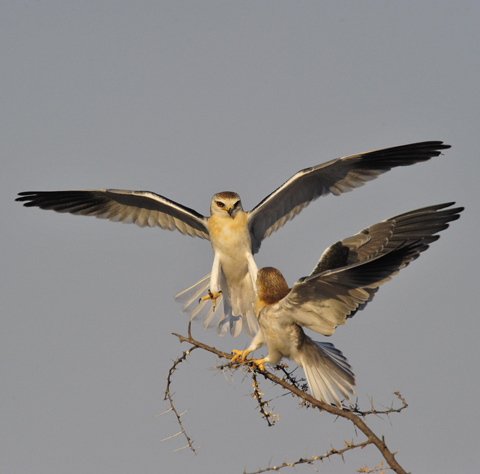
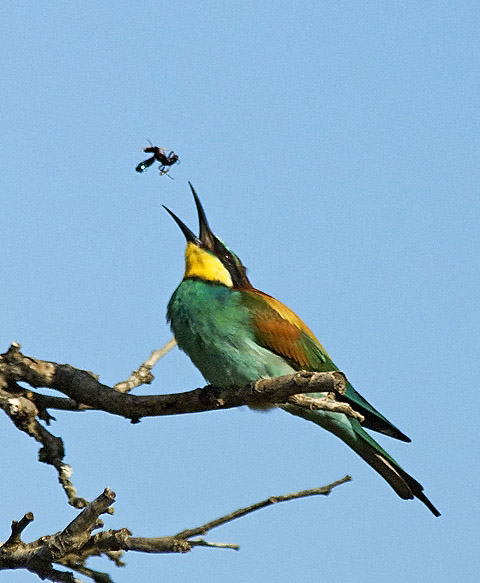
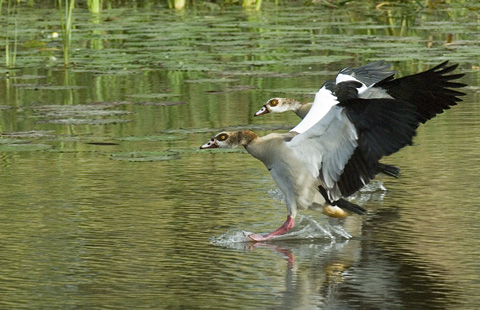
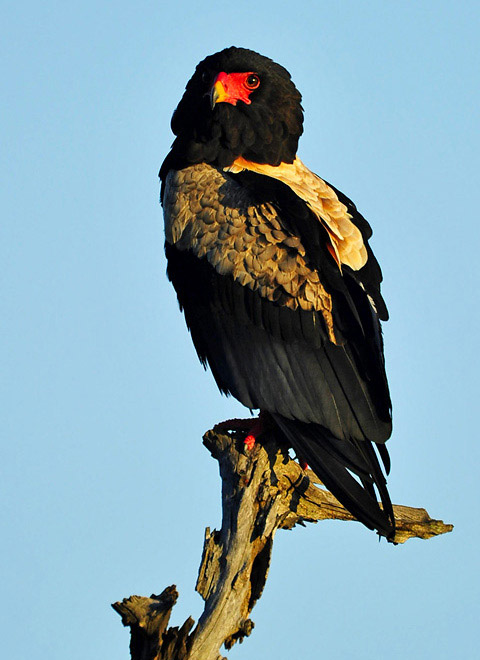
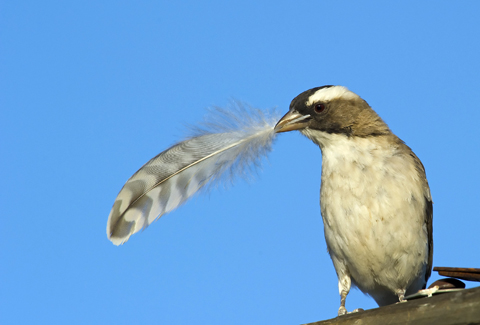
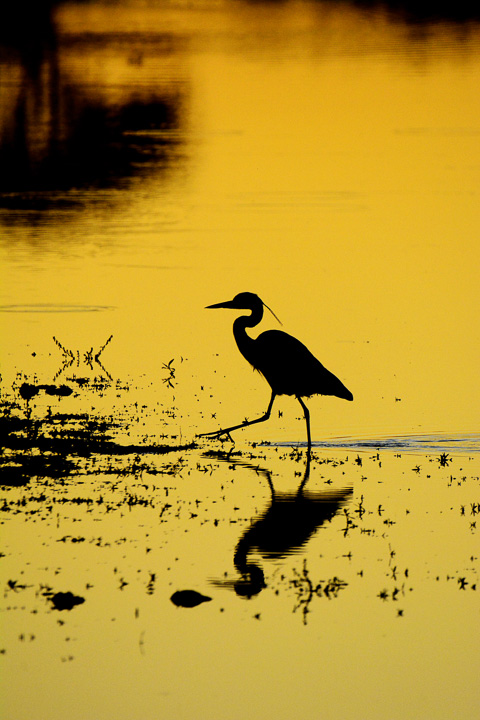













New! Comments
Have your say about what you just read! Please leave us a comment in the box below.